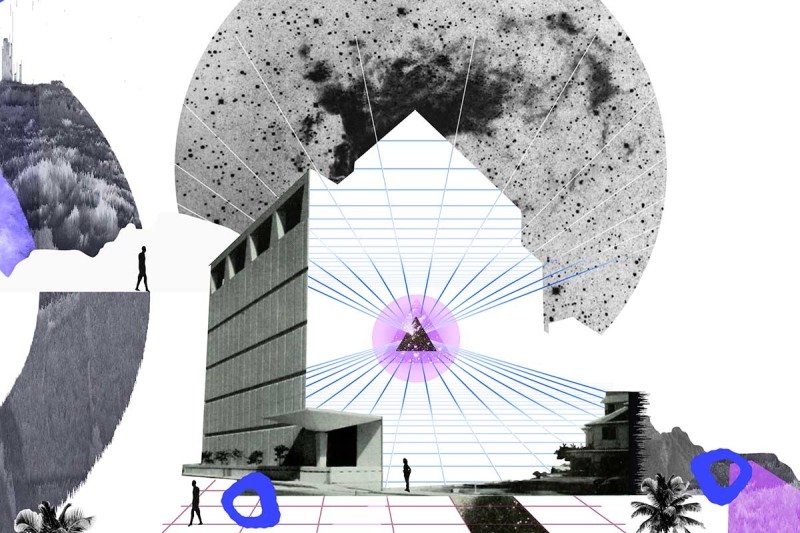Astronomers are confident they know what the mysterious massive object at the Milky Way’s heart is – but our first direct view this year could bring a shock

Natalie Nicklin
By Stuart Clark
FASCINATING, bamboozling, vaguely terrifying: black holes are the love-to-hate monsters of the universe. These insatiable cosmic cannibals are concrete predictions of Einstein’s general theory of relativity, the best theory of gravity we have. Even so, theorists long debated whether they could exist – until astronomers saw the first signs of them. Now we see black hole paw prints all over: in huge stars collapsing in on themselves, in distant collisions of massive objects that set the universe quivering, and in the dark hearts of galaxies including our own.
This year, we should have the clincher: the first direct image of the supermassive black hole at the Milky Way’s centre. But as we gear up for that shadowy mugshot, some physicists are entertaining a maverick thought: what if it isn’t there?
The new word is that our obsession with black holes might have blinded us to the existence of something even stranger – a basic phenomenon of particle physics whose significance we have failed to grasp. After all, there’s good reason to want whatever is at our galaxy’s heart not to be a black hole. For a start, black holes make a nonsense of quantum mechanics, the best theory of everything-besides-gravity that we have.
source: newscientist
Hi! I am a robot. I just upvoted you! I found similar content that readers might be interested in:
https://www.physicsforums.com/threads/glueball-with-a-mass-of-a-neutron-star.920188/
Downvoting a post can decrease pending rewards and make it less visible. Common reasons:
Submit